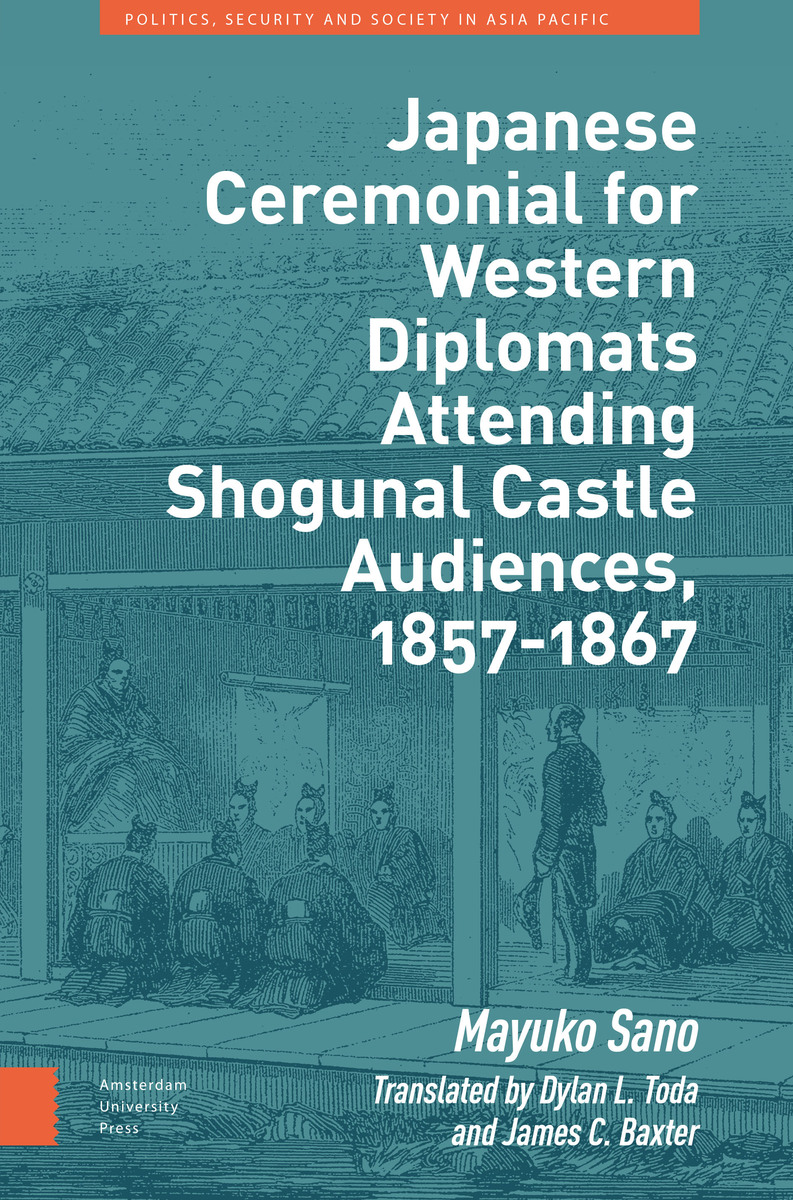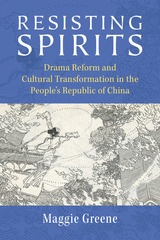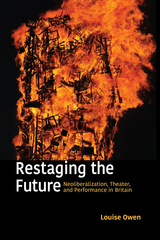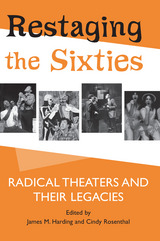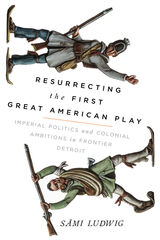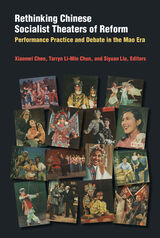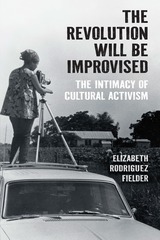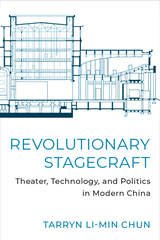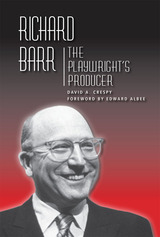Japanese Ceremonial for Western Diplomats Attending Shogunal Castle Audiences, 1857-1867
Amsterdam University Press, 2024
Cloth: 978-94-6372-519-4 | eISBN: 978-90-485-5764-6 (PDF)
See other books on: Asia | International Relations | Japan | Political Science | Treaties
See other titles from Amsterdam University Press
Cloth: 978-94-6372-519-4 | eISBN: 978-90-485-5764-6 (PDF)
ABOUT THIS BOOK | AUTHOR BIOGRAPHY | TOC
ABOUT THIS BOOK
The formal diplomatic relations between Japan and Western nations dawned when the first American consul-general Townsend Harris was received by the thirteenth Tokugawa shogun Iesada at Edo castle in 1857. —This work unveils the seventeen castle audiences for Western envoys carried out by the Tokugawa shogunate (1603-1867) during its last decade of reign. Through that process, the shogunate completed a ceremonial form based on its own tradition, as well as consistent with the Western practice. The endeavours of Tokugawa retainers on the frontline of external affairs at the time¬.prior to the Meiji Restoration (1868).was the true first step of Japan’s entry into the international community. The formation of diplomatic ceremonial, progressed as a different layer from more political negotiations, provides an alternative history of bakumatsu (late years of the shogunate) foreign relations that has been overlooked in previous studies.
See other books on: Asia | International Relations | Japan | Political Science | Treaties
See other titles from Amsterdam University Press
